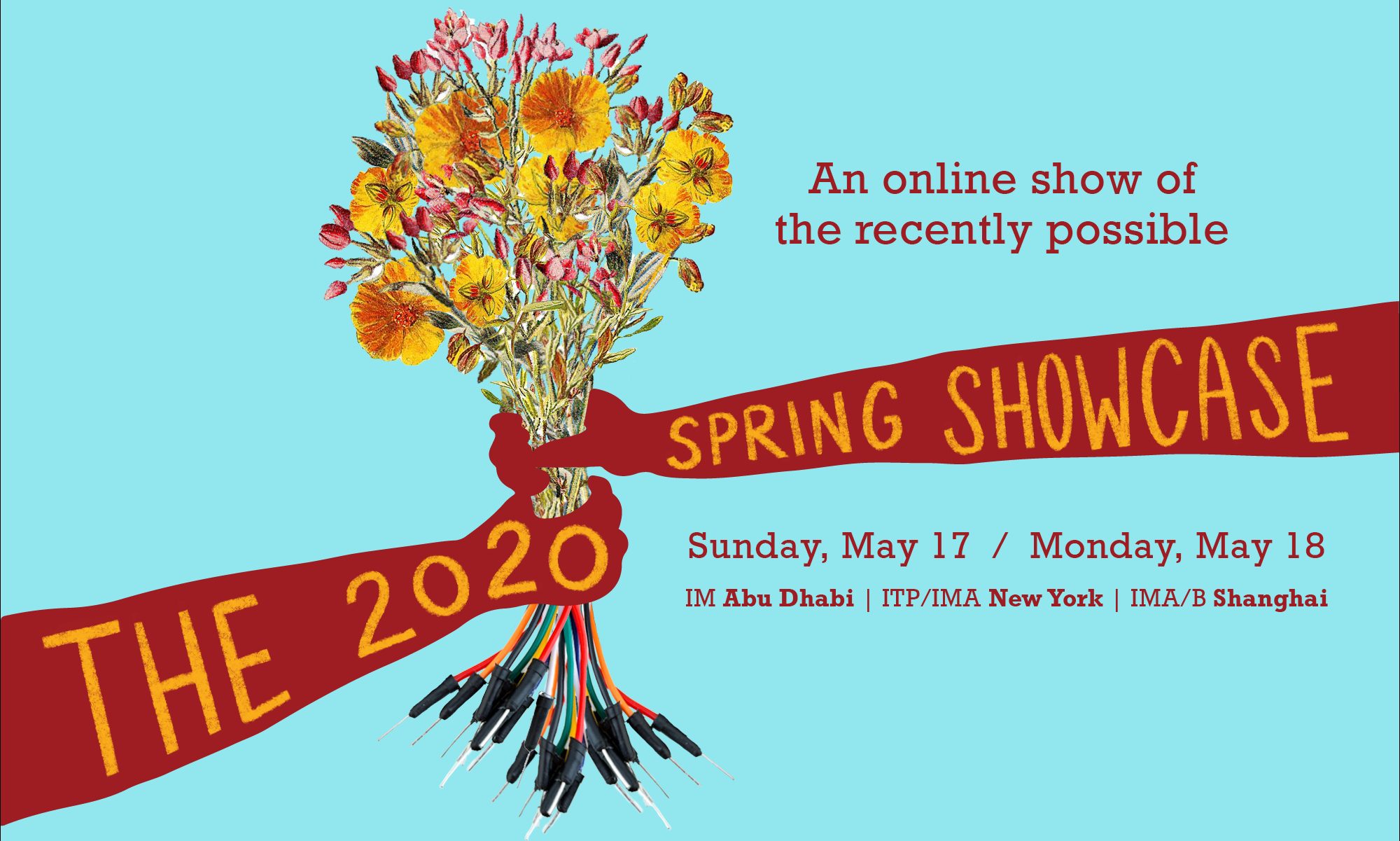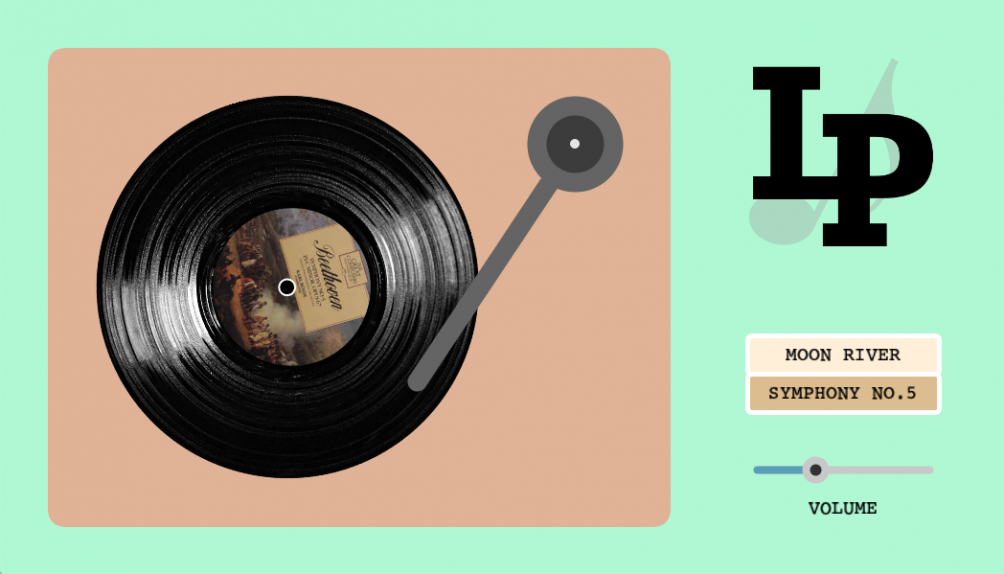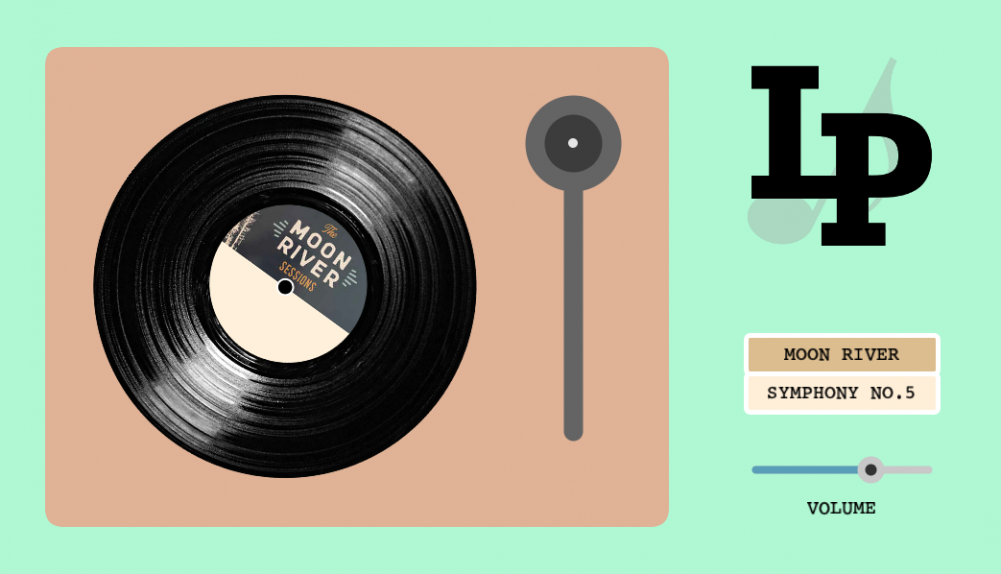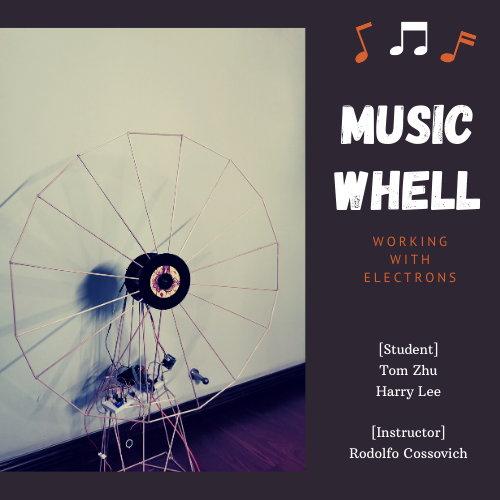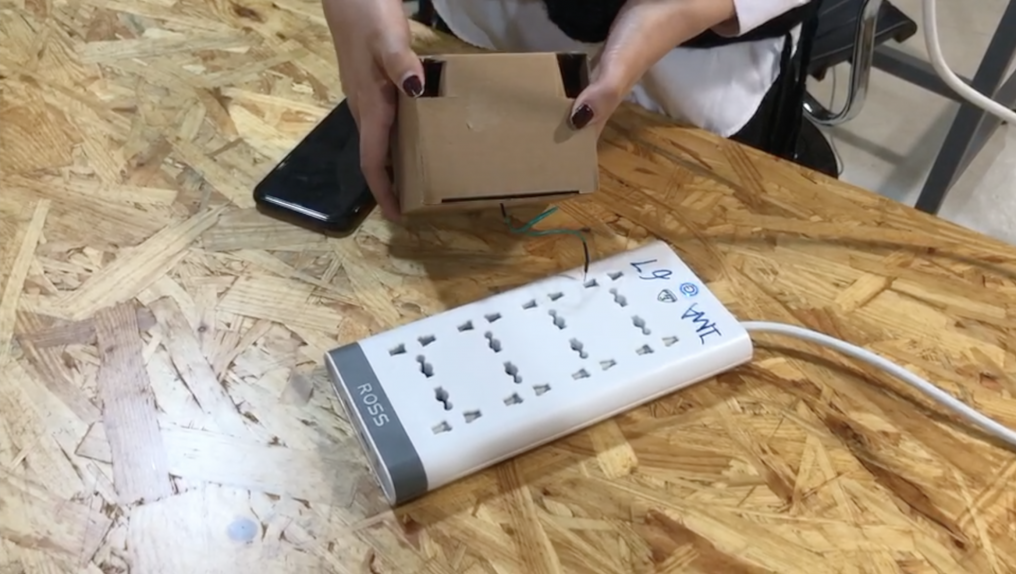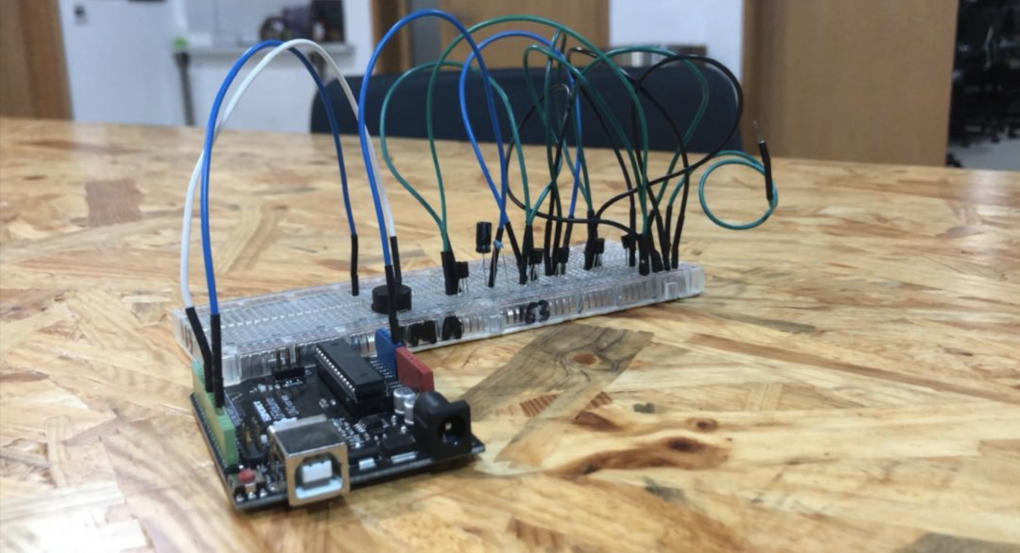This is the project to turn various things around you or things in Nature into playful inspiring music media so that anybody could enjoy create/co-create music symphony with others and things.
Description
As a jazz pianist, mathematician, STEAM educator, I have been really passionate in delivering the joy to:
• Create Your Music
• Co-create Music
• Co-exist with diverse daily things / Nature
Under these passions, in this thesis journey, I explored to produce “Augmented Music Playgrounds”, which aims to turn daily life objects or Nature around you into some musical media, so that people (even with no music backgrounds) could enjoy to create/co-create music through spatial, multi-sensory intuitive interactions with them.
Basically, I explored 2 main new music media to create or co-create music with others:
1. Fruits/Vegetables/SLIME… : Turing your weird haptic experiences into music
2. Hand-drawing Doodles: Turning Doodles into musical media through magic camera
These could trigger not only hidden, augmented music (or any sound effects) but also visual effects as well. So, you could enjoy music creation, not only by listening, but also by touching, seeing, smelling, tasting(?), and feeling. I believe this research would open up new playful, inclusive, participatory ways of music creation and to turn the “music live performance stage” into our daily life, like what Minyo or traditional music have been.
Also, this project is under the Japanese animistic concept of “YAOYOROZUNOKAMI” (8 millions of God), in which people respect the soul or divinity inside objects such as stones, rice, water, mountains, toilets, pencils, robots, as well as concepts like numbers, or even abstract things like emptiness. We sense the soul or Kami-sama(God) in everything. This does not mean that everything is perfect but rather that imperfect diverse divinity is present everywhere which should be respected for and sensed by intuition. Through this thesis project, I tried to let people get aware of these hidden divinities inside objects, by hearing and sensing their “singing”, which could create the whole, augmented improvisational miracle symphony of our life.
